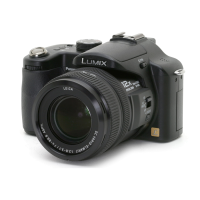
Do you have a question about the Panasonic Lumix DMC-FZ30PP and is the answer not in the manual?
| Brand | Panasonic |
|---|---|
| Model | Lumix DMC-FZ30PP |
| Category | Digital Camera |
| Language | English |
Initial instruction to read the manual thoroughly before use.
Critical safety warning about electrical hazards and user-serviceable parts.
Safety caution regarding battery replacement and disposal.
Regulatory compliance statement for FCC rules.
Instructions and cautions for using the LCD monitor and viewfinder.
Explains condensation formation and precautions for the lens and viewfinder.
Explains symbols, modes, and illustrations used in the manual.
Explains the function of the camera's front and rear dials.
Lists and illustrates the items included in the camera package.
Details battery life based on CIPA standards and charging information.
Describes troubleshooting steps for charging errors.
Details supported card types and capacities.
Adjust LCD brightness and control automatic image review.
Configure power saving and manual focus assistance.
Reset settings, select USB mode, and set video output format.
Explains how to switch between LCD and viewfinder.
Shooting position using the tilting LCD monitor.
Shooting position using the fully articulated LCD monitor.
Explains when and how to use the viewfinder.
Automatically adds rotation information to pictures.
Displays composition guides and highlights overexposed areas.
How to use the camera's 12x optical zoom.
How to use the digital zoom feature.
How to use the extended optical zoom feature.
Details picture sizes and their corresponding maximum zoom.
Automatic exposure adjustment for shooting.
Details focusing ranges and issues with subject focus.
Tips and recommendations to avoid camera shake.
Allows changing exposure settings in Program AE mode.
Fixed settings in auto mode to prevent common user errors.
Allows deletion of pictures during the review process.
Details the focus range for close-up shots.
Explains MF Assist options for manual focus.
Utilizes one-shot autofocus for pre-focusing.
Adjusts the zoomed area for focus changes.
Explains different flash modes and their usage.
Controls the intensity of the flash output.
Allows viewing a demonstration of the stabilizer function.
Details the number of photos captured in burst mode.
How to play back, fast forward, and rewind recorded pictures.
Deleting selected images from multi-view.
Options for deleting one or multiple pictures.
Controls depth of field by setting the aperture.
Helps achieve correct exposure in manual mode.
Optimizes settings for portraits.
Optimizes settings for fast-moving subjects.
Optimizes settings for food photography.
Optimizes settings for landscape photography.
Optimizes settings for portraits at night.
Optimizes settings for night landscapes.
Optimizes settings for baby photos, including age display.
Optimizes settings for smooth skin appearance.
Optimizes settings for candlelit scenes.
Optimizes settings for parties and low-light events.
Optimizes settings for capturing fireworks.
Optimizes settings for snowy scenes.
Optimizes settings for shooting starry skies.
Captures subjects with motion blur in the background.
Uses automatic adjustment for white balance.
Allows manual setting of white balance.
Allows precise manual adjustment of white balance.
Explains ISO sensitivity and its effect on low-light performance.
Details the available aspect ratios for pictures.
Enables recording audio along with pictures.
Explains different metering modes for exposure.
Enables faster autofocus performance.
Allows continuous focusing on the subject.
Illuminates subject for focus in low light.
Allows digital magnification of subjects.
Applies various color effects to pictures.
Adjusts contrast, sharpness, saturation, and noise reduction.
Creates short motion picture files from sequences.
Controls forced flash activation.
Specifies photos taken per burst with extra flash.
Sets print options for single or multiple pictures.
Sets date printing options via DPOF.
Protects individual or multiple pictures from deletion.
Connects the camera to a TV using the AV cable.
Selects USB communication mode for PC or printer.
Explains the file and folder structure on the memory card.
Conditions that lead to the use of different folder numbers.
Sets date printing options via DPOF.
Configures how pictures are arranged on print paper.
Explains on-screen indicators during recording.
Explains on-screen indicators during playback.
General advice on handling, care, and environmental factors.
Guidelines for safe camera cleaning and chemical exposure.
Information about the battery, charger, and their care.
Precautions for handling SD memory cards.
Troubleshooting camera power and recording problems.
Addresses blurry, whitish pictures, and interrupted motion recording.
Troubleshooting issues related to the LCD monitor and flash.
Troubleshooting issues during playback and connection.
Addresses rough picture quality and connectivity problems.
Instructions for requesting service for the product.
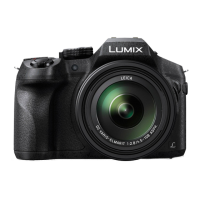
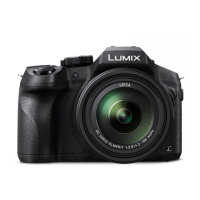
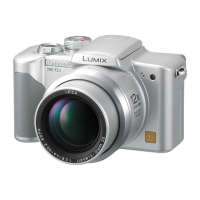
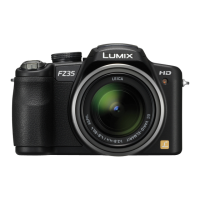
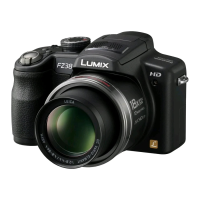
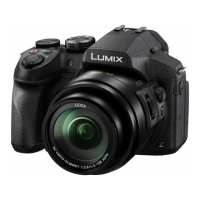
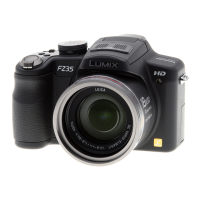
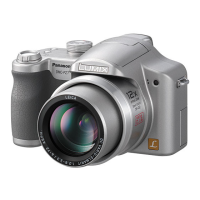
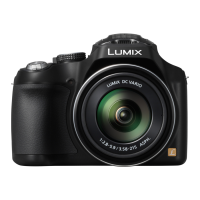
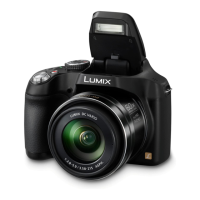
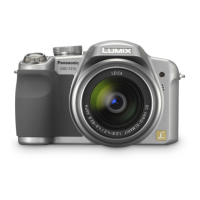
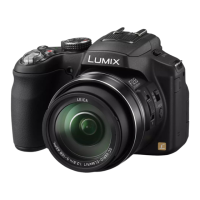
